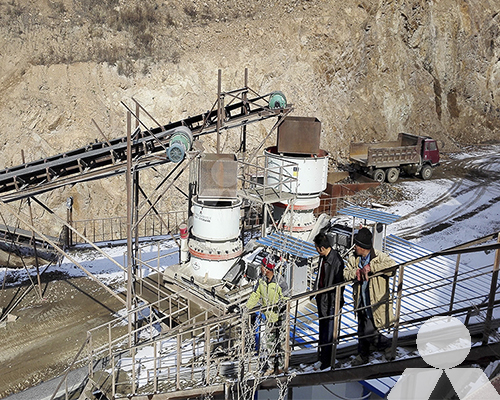Limestone crushing and screening production line process flow
Limestone is a sedimentary rock composed mainly of calcium carbonate. It is a widely used material in a variety of industries, including construction, agriculture, and manufacturing. Limestone can be crushed and screened to produce a variety of aggregate products, including gravel, sand, and crushed stone.

The process of crushing and screening limestone is typically carried out in a production line. A typical limestone crushing and screening production line consists of the following components:
- Feeder: The feeder is used to feed the limestone into the crushing process. The feeder can be a belt feeder, a screw feeder, or a vibrating feeder.
- Primary crusher: The primary crusher is used to reduce the size of the limestone to a desired size. The primary crusher is typically a jaw crusher or a cone crusher.
- Secondary crusher: The secondary crusher is used to further reduce the size of the limestone to a desired size. The secondary crusher is typically a jaw crusher or a cone crusher.
- Screen: The screen is used to separate the limestone into different size fractions. The screen can be a vibrating screen, a rotating screen, or a static screen.
- Conveyor: The conveyor is used to transport the limestone through the production line. The conveyor can be a belt conveyor, a screw conveyor, or a pneumatic conveyor.
The process of crushing and screening limestone can be divided into the following steps:
- The limestone is fed into the production line by the feeder.
- The limestone is crushed by the primary crusher to a desired size.
- The crushed limestone is conveyed to the secondary crusher.
- The crushed limestone is further crushed by the secondary crusher to a desired size.
- The crushed limestone is screened by the screen to separate it into different size fractions.
- The different size fractions of limestone are conveyed to different storage areas.
The production capacity of a limestone crushing and screening production line can vary depending on the size of the equipment and the desired output. Limestone crushing and screening production lines can be used to produce a variety of aggregate products with different size specifications.
Here are some of the benefits of using a limestone crushing and screening production line:
- Increased productivity: A production line can process more limestone than a manual crushing and screening operation.
- Improved efficiency: A production line can operate 24 hours a day, 7 days a week, which can help to improve efficiency.
- Reduced costs: A production line can help to reduce costs by automating the crushing and screening process.









